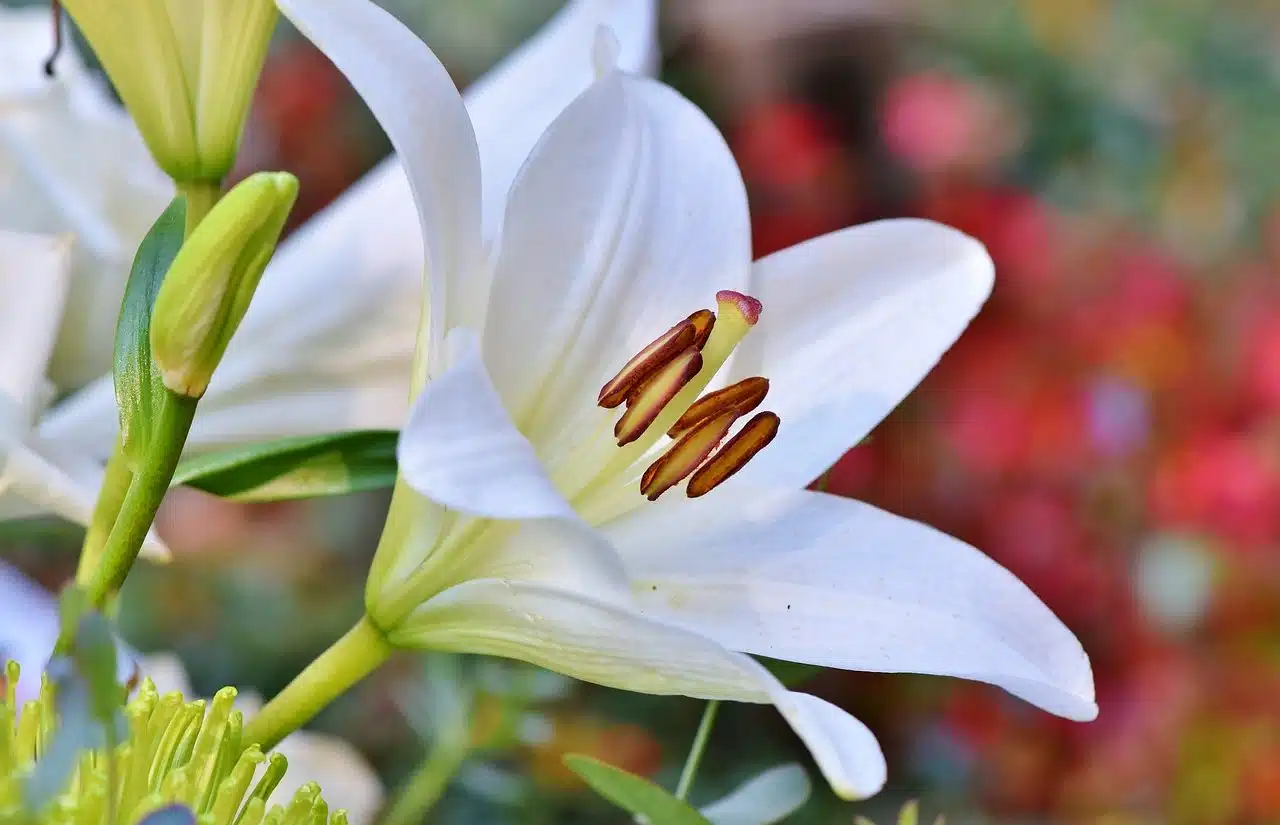
The pistil is the female reproductive organ of the flower.
The pistil is the organ that is usually located in the central part of the flowers and that corresponds to its feminine facet . It should be considered that plants , like humans and animals , also have male and female reproductive organs.
The pistil (a term that comes from the Latin word pistillum ) is formed by the ovaries , which house the eggs ; the stigma that receives the pollen with the male gametes; and the style , which is the connector between the ovaries and the stigma. This last part, the style, is not always present in plants.
Plants with pistil
The plants in which we can find the pistil are those called angiosperms (whose scientific name is Angiospermae ), although in everyday speech they are known as floral plants or flowering plants .
In short, these are spermatophytes (vascular plants that generate seeds) whose flowers have ordered spirals or whorls of petals, sepals, carpels and stamens.

The ovary of the flower is located in the pistil.
Flower Parts
Although the term petal is widely known, the remaining three belong to a more technical area, which is why we will briefly define them below:
- The sepal is the piece of the flower that gives shape to its calyx, its outermost set of leaves and which is usually green. The typical color of the petals, which are located on or inside the calyx, usually makes it go unnoticed.
- A carpel is defined as a modified leaf that fulfills the female reproductive function in flowers.
- The stamen , finally, is the male organ that carries the pollen sacs, where grains are produced. The term androecium refers to the set of stamens present in the same flower.
Reproduction of species with pistil
In the reproduction of plants with a pistil, the ovules that are enclosed in the ovaries are fertilized by the gametes present in the pollen . These male gametes are produced by the androecium , which is the male organ of the plant.
In other words, the pistil is the female region of the plant that is prepared to receive pollen. Pollen is deposited on the stigma, which is located in the highest region of the pistil. Due to its viscous structure , pollen can adhere easily.
The transfer of pollen to the ovules takes place in the so-called pollen tubes . These ovules can stick to the pollen tube inside the ovary or to the outer wall of the ovary.
In addition to the cavity formed by the carpels to house the ovules, there are also the locules , which represent the seminal cavity, where the ovules that will be fertilized and, later, become seeds are found. In some cases, both the ovary and other complementary structures transform into a fruit after being fertilized. Another term that animals have in common with plants is placenta , which in this case is the inner surface of the ovary on which the ovaries are located.
As with many other terms in the scientific field, gynoecium is currently preferred to pistil, since the latter is considered ancient. Regarding androecium , on the other hand, it is the word that was used originally and continues to be used today to give a name to the male reproductive organs.
The term linked to mortars
Pistil, in another sense, is the utensil used in mortars to crush certain ingredients. The mortar is a bowl made of metal, stone or other material in which different kinds of solid substances are placed.
What the pistil allows you to do, in this framework, is to crush the solids to pulverize them or obtain another substance that they house inside .
